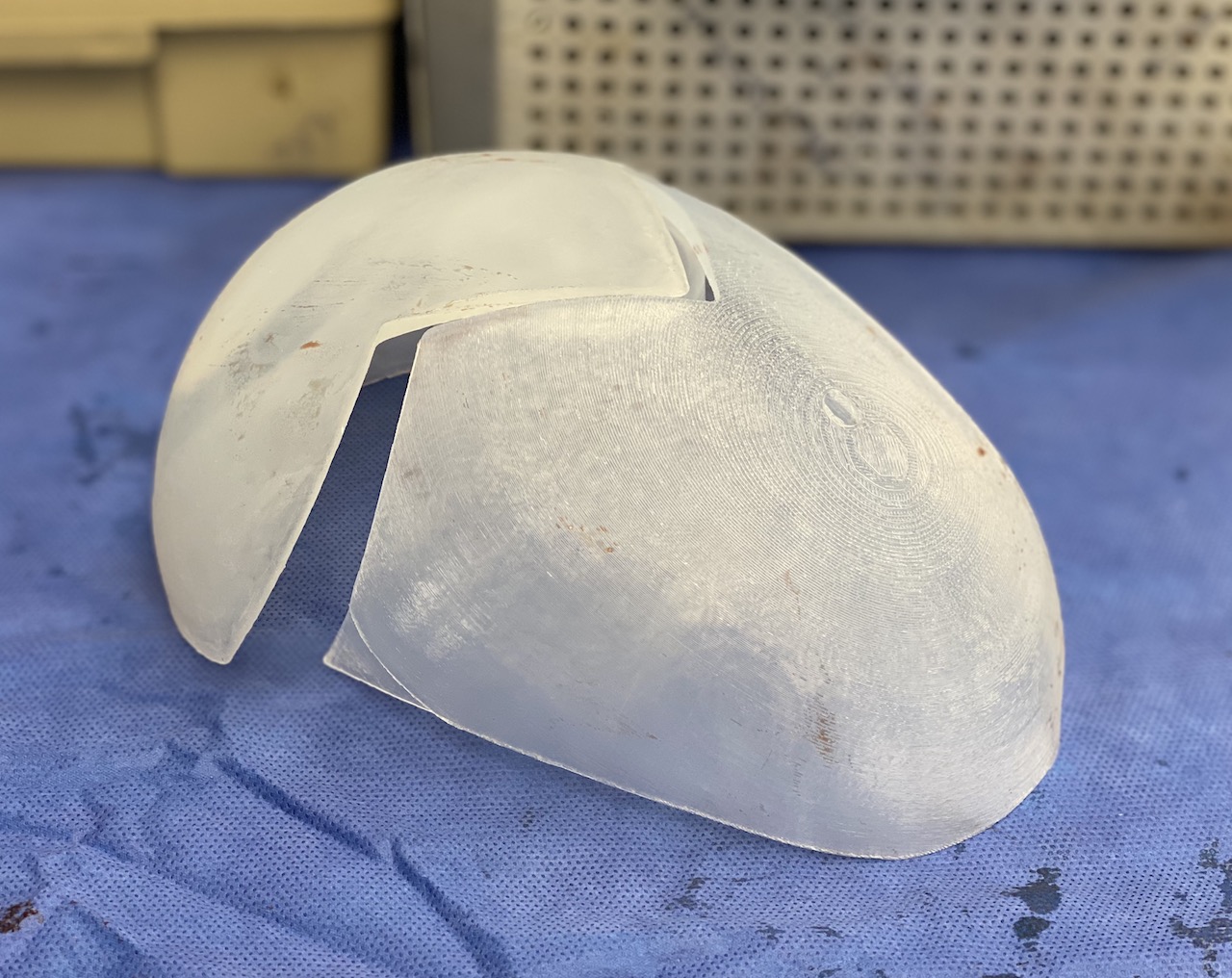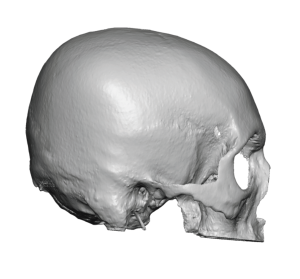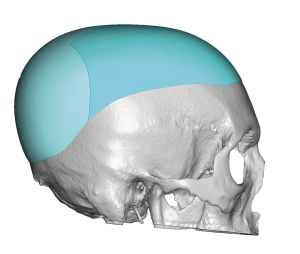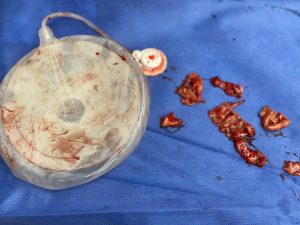The use of custom skull implants is a standard and effective method in my practice for almost all types of aesthetic skull augmentations. While any shape and size of custom skull implant can be designed that does not mean, however, that it can be successfully placed. The scalp is a tight enveloping soft tissue layer over the skull which can be stretched to accommodate an implant but has its limits. While there are no absolutes my general rule in skull implants up to 150ccs in volume or about 12 to 14mm maximum projection thickness can be placed in most patients
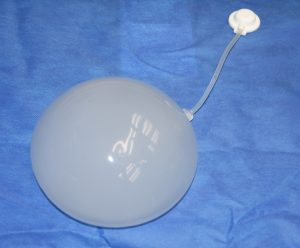
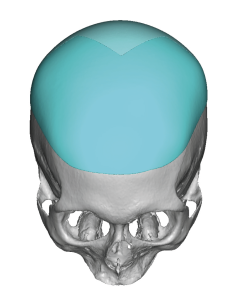
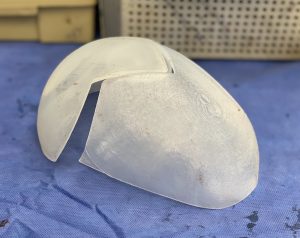
The entire two stage skull augmentation process usually takes 2 to 3 months to complete. The lager the skull implant volume the more scalp tissue expander filling is needed.
Dr. Barry Eppley
Indianapolis, Indiana

